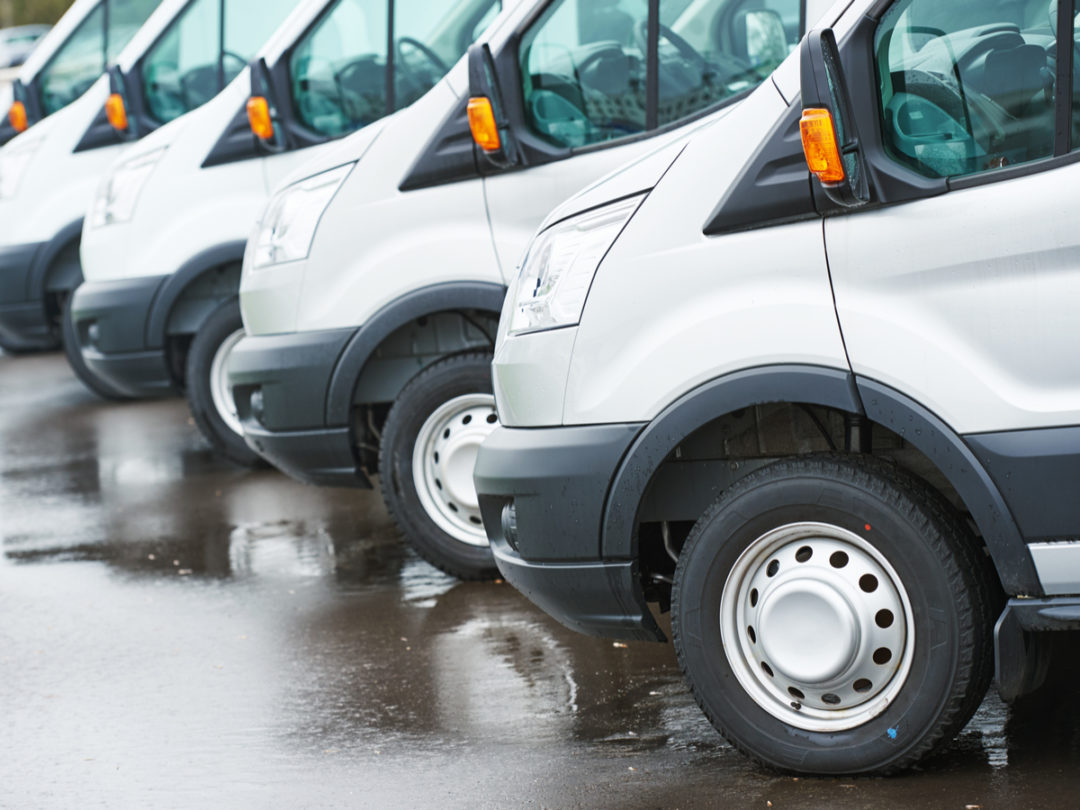
The application of artificial intelligence to the internet of things (IoT) is driving rapid innovation, in industries ranging from healthcare to manufacturing and transportation.
Whereas IoT focuses on developing remote sensor systems for the collection of data, the artificial intelligence of things (AIoT) connects those systems to create collective intelligence, which, ultimately, makes each node in the system smarter. Combining intelligent cognition, edge computing and autonomous capabilities, it enables the automated processing of human-inspired decision making at a low cost, high scale and with high accuracy.
The technology is already forming the backbone of many of today’s commercial transportation systems, especially in fleet safety.
AIoT is specifically useful for sectors that generate massive amounts of data that can’t be processed efficiently by humans. In the transportation industry, the volume of data generated by vehicles grows each day, as fleets upgrade their technology footprint and adopt the latest advanced driver-assistance systems (ADAS).
While combining video and vehicle data is critical to detecting and mitigating safety risks, most platforms lack the storage or computing capabilities to process, analyze and interpret all of that data in the cloud. What’s more, devices commonly installed on commercial vehicles generate hi-resolution data, making cloud transmission economically prohibitive.
In response, AIoT technology combines the machine learning capabilities of in- and on-vehicle devices with the computing power of cloud processing environments. This integrated approach allows the installed devices to infer advanced insights which would have been lost if the data had to be summarized or reduced before transmission to the cloud.
AIoT systems are uniquely bi-directional, bringing together data from hundreds of on-board devices to identify trends that, in turn, inform how those same devices will make decisions in the future.
Onboard devices are constantly making AI-driven decisions based on machine learning algorithms and sensors installed at various points of the vehicle. In an AIoT system, the reasoning behind every decision is uploaded into a cloud processing environment, which can then look at data and insights from a large group of devices to determine common trends. This information is then sent back to the device as an update to its machine learning algorithm. The more nodes participating in this loop of collected “crowdsourced” intelligence, the smarter and better each node will perform.
As a bonus, AIoT systems can share information collected outside of vehicle sensors, such as weather predictions, traffic conditions and dangerous incidents along the road. Layered on top of driving behavior data, these insights teach the devices how to make real-time decisions about everything from the quickest route to the most appropriate speed for weather conditions.
Safety systems for commercial trucking have been realizing the benefits of AIoT for some time, well before the term was even adopted. For example, AIoT is commonly being used to offer timely self-coaching to drivers. In-cab ADAS sensors are able to alert drivers to safety risks in real time, so they can take corrective action before a collision occurs.
Recently, AIoT has even been deployed to identify and alert fleet managers to “sitting ducks,” commercial trucks parked on dangerous corridors. In these cases, the machine learning systems evaluate a complex sequence of events that reflect the safety risks of a vehicle parked at any particular site.
Trigger management is the key to transportation safety; sending the right notification at the right time saves fleets from costly collisions and, most importantly, saves lives. When a safety platform pulls data from every vehicle in the fleet, and correlates it with actual safety outcomes in the cloud, AIoT ensures that onboard devices are able to effectively notify drivers with the right cues. The ability to alert drivers in the right moment requires edge processing, low-latency notifications and possible remediations. As opposed to devices working at the edge by sending a continuous stream of different events to the cloud, AIoT teaches these devices to identify, prioritize and respond to the riskiest behaviors.
In the commercial transportation sector, AIoT technology has the potential to address some of today’s most significant driving risks: distraction, speeding for weather conditions, and parking in historically dangerous road corridors.
On any given day, we already know the most dangerous roads in the country. Imagine the impact of linking this information to routing systems to help all drivers choose the safest, most efficient routes for their vehicles or driving skill level. When crowdsourced, this technology might even guide municipal, state and federal agencies to respond to risky road elements, like potholes, and deploy new safety strategies when designing roads and highways.
David Wagstaff is vice president of analytics at SmartDrive Systems, a provider of video-based safety and transportation intelligence.







